HSBC 2005 Annual Report Download - page 167
Download and view the complete annual report
Please find page 167 of the 2005 HSBC annual report below. You can navigate through the pages in the report by either clicking on the pages listed below, or by using the keyword search tool below to find specific information within the annual report.-
 1
1 -
 2
2 -
 3
3 -
 4
4 -
 5
5 -
 6
6 -
 7
7 -
 8
8 -
 9
9 -
 10
10 -
 11
11 -
 12
12 -
 13
13 -
 14
14 -
 15
15 -
 16
16 -
 17
17 -
 18
18 -
 19
19 -
 20
20 -
 21
21 -
 22
22 -
 23
23 -
 24
24 -
 25
25 -
 26
26 -
 27
27 -
 28
28 -
 29
29 -
 30
30 -
 31
31 -
 32
32 -
 33
33 -
 34
34 -
 35
35 -
 36
36 -
 37
37 -
 38
38 -
 39
39 -
 40
40 -
 41
41 -
 42
42 -
 43
43 -
 44
44 -
 45
45 -
 46
46 -
 47
47 -
 48
48 -
 49
49 -
 50
50 -
 51
51 -
 52
52 -
 53
53 -
 54
54 -
 55
55 -
 56
56 -
 57
57 -
 58
58 -
 59
59 -
 60
60 -
 61
61 -
 62
62 -
 63
63 -
 64
64 -
 65
65 -
 66
66 -
 67
67 -
 68
68 -
 69
69 -
 70
70 -
 71
71 -
 72
72 -
 73
73 -
 74
74 -
 75
75 -
 76
76 -
 77
77 -
 78
78 -
 79
79 -
 80
80 -
 81
81 -
 82
82 -
 83
83 -
 84
84 -
 85
85 -
 86
86 -
 87
87 -
 88
88 -
 89
89 -
 90
90 -
 91
91 -
 92
92 -
 93
93 -
 94
94 -
 95
95 -
 96
96 -
 97
97 -
 98
98 -
 99
99 -
 100
100 -
 101
101 -
 102
102 -
 103
103 -
 104
104 -
 105
105 -
 106
106 -
 107
107 -
 108
108 -
 109
109 -
 110
110 -
 111
111 -
 112
112 -
 113
113 -
 114
114 -
 115
115 -
 116
116 -
 117
117 -
 118
118 -
 119
119 -
 120
120 -
 121
121 -
 122
122 -
 123
123 -
 124
124 -
 125
125 -
 126
126 -
 127
127 -
 128
128 -
 129
129 -
 130
130 -
 131
131 -
 132
132 -
 133
133 -
 134
134 -
 135
135 -
 136
136 -
 137
137 -
 138
138 -
 139
139 -
 140
140 -
 141
141 -
 142
142 -
 143
143 -
 144
144 -
 145
145 -
 146
146 -
 147
147 -
 148
148 -
 149
149 -
 150
150 -
 151
151 -
 152
152 -
 153
153 -
 154
154 -
 155
155 -
 156
156 -
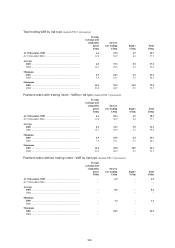 157
157 -
 158
158 -
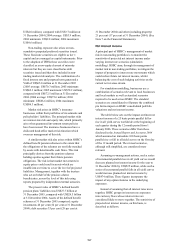 159
159 -
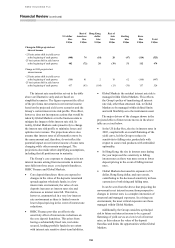 160
160 -
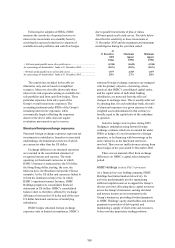 161
161 -
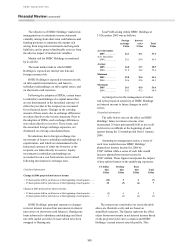 162
162 -
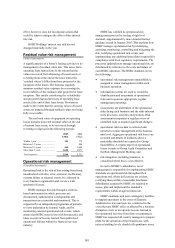 163
163 -
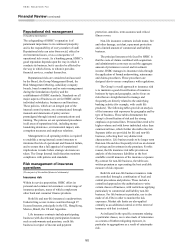 164
164 -
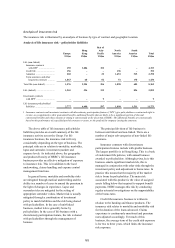 165
165 -
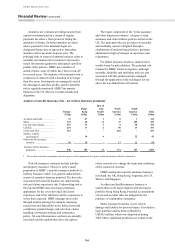 166
166 -
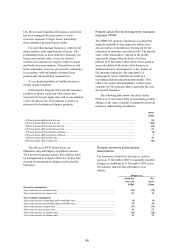 167
167 -
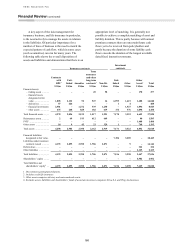 168
168 -
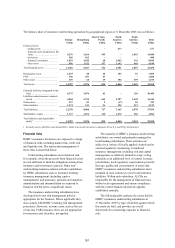 169
169 -
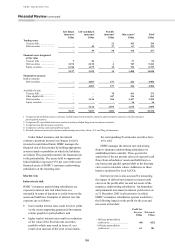 170
170 -
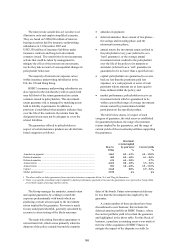 171
171 -
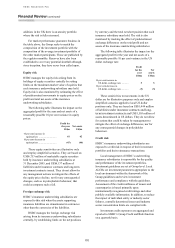 172
172 -
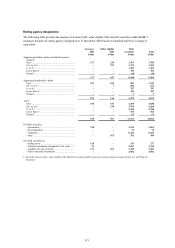 173
173 -
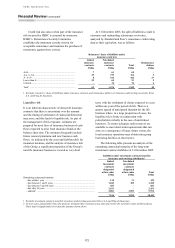 174
174 -
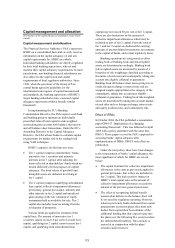 175
175 -
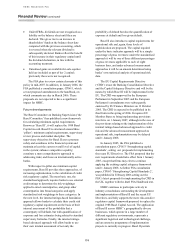 176
176 -
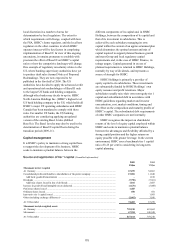 177
177 -
 178
178 -
 179
179 -
 180
180 -
 181
181 -
 182
182 -
 183
183 -
 184
184 -
 185
185 -
 186
186 -
 187
187 -
 188
188 -
 189
189 -
 190
190 -
 191
191 -
 192
192 -
 193
193 -
 194
194 -
 195
195 -
 196
196 -
 197
197 -
 198
198 -
 199
199 -
 200
200 -
 201
201 -
 202
202 -
 203
203 -
 204
204 -
 205
205 -
 206
206 -
 207
207 -
 208
208 -
 209
209 -
 210
210 -
 211
211 -
 212
212 -
 213
213 -
 214
214 -
 215
215 -
 216
216 -
 217
217 -
 218
218 -
 219
219 -
 220
220 -
 221
221 -
 222
222 -
 223
223 -
 224
224 -
 225
225 -
 226
226 -
 227
227 -
 228
228 -
 229
229 -
 230
230 -
 231
231 -
 232
232 -
 233
233 -
 234
234 -
 235
235 -
 236
236 -
 237
237 -
 238
238 -
 239
239 -
 240
240 -
 241
241 -
 242
242 -
 243
243 -
 244
244 -
 245
245 -
 246
246 -
 247
247 -
 248
248 -
 249
249 -
 250
250 -
 251
251 -
 252
252 -
 253
253 -
 254
254 -
 255
255 -
 256
256 -
 257
257 -
 258
258 -
 259
259 -
 260
260 -
 261
261 -
 262
262 -
 263
263 -
 264
264 -
 265
265 -
 266
266 -
 267
267 -
 268
268 -
 269
269 -
 270
270 -
 271
271 -
 272
272 -
 273
273 -
 274
274 -
 275
275 -
 276
276 -
 277
277 -
 278
278 -
 279
279 -
 280
280 -
 281
281 -
 282
282 -
 283
283 -
 284
284 -
 285
285 -
 286
286 -
 287
287 -
 288
288 -
 289
289 -
 290
290 -
 291
291 -
 292
292 -
 293
293 -
 294
294 -
 295
295 -
 296
296 -
 297
297 -
 298
298 -
 299
299 -
 300
300 -
 301
301 -
 302
302 -
 303
303 -
 304
304 -
 305
305 -
 306
306 -
 307
307 -
 308
308 -
 309
309 -
 310
310 -
 311
311 -
 312
312 -
 313
313 -
 314
314 -
 315
315 -
 316
316 -
 317
317 -
 318
318 -
 319
319 -
 320
320 -
 321
321 -
 322
322 -
 323
323 -
 324
324 -
 325
325 -
 326
326 -
 327
327 -
 328
328 -
 329
329 -
 330
330 -
 331
331 -
 332
332 -
 333
333 -
 334
334 -
 335
335 -
 336
336 -
 337
337 -
 338
338 -
 339
339 -
 340
340 -
 341
341 -
 342
342 -
 343
343 -
 344
344 -
 345
345 -
 346
346 -
 347
347 -
 348
348 -
 349
349 -
 350
350 -
 351
351 -
 352
352 -
 353
353 -
 354
354 -
 355
355 -
 356
356 -
 357
357 -
 358
358 -
 359
359 -
 360
360 -
 361
361 -
 362
362 -
 363
363 -
 364
364 -
 365
365 -
 366
366 -
 367
367 -
 368
368 -
 369
369 -
 370
370 -
 371
371 -
 372
372 -
 373
373 -
 374
374 -
 375
375 -
 376
376 -
 377
377 -
 378
378 -
 379
379 -
 380
380 -
 381
381 -
 382
382 -
 383
383 -
 384
384 -
 385
385 -
 386
386 -
 387
387 -
 388
388 -
 389
389 -
 390
390 -
 391
391 -
 392
392 -
 393
393 -
 394
394 -
 395
395 -
 396
396 -
 397
397 -
 398
398 -
 399
399 -
 400
400 -
 401
401 -
 402
402 -
 403
403 -
 404
404 -
 405
405 -
 406
406 -
 407
407 -
 408
408 -
 409
409 -
 410
410 -
 411
411 -
 412
412 -
 413
413 -
 414
414 -
 415
415 -
 416
416 -
 417
417 -
 418
418 -
 419
419 -
 420
420 -
 421
421 -
 422
422 -
 423
423 -
 424
424
 |
 |

165
UK, Mexico and Argentina. Reinsurance protection
has been arranged where necessary to avoid
excessive exposure to larger losses, particularly
those relating to personal injury claims.
Fire and other damage business is written in all
major markets, most significantly in Europe. The
predominant focus in most markets is insurance for
homes and contents while covers for selected
commercial customers are largely written in Asian
and South American markets. All portfolios at risk
from catastrophic losses are protected by reinsurance
in accordance with information obtained from
professional risk-modelling organisations.
A very limited portfolio of liability business is
written in major markets.
Following the disposal of the non-life insurance
portfolio in Brazil, credit non-life business now
represents the largest single class and is concentrated
in the US and the UK. This business is written in
relation to the banking and finance products.
Present value of in-force long-term insurance
business (‘PVIF’)
The HSBC life insurance business is accounted for
using the embedded value approach, which, inter
alia, provides a comprehensive framework for the
evaluation of insurance and related risks. The present
value of the shareholders’ interest in the profits
expected to emerge from the book of in-force
policies at 31 December 2005 can be stress-tested to
assess the ability of the book of life business to
withstand adverse developments. A key feature of
life insurance business is the importance of
managing the assets, liabilities and risks in a
coordinated fashion rather than individually. This
reflects the greater interdependence of these three
elements for life insurance than is generally the case
for non-life insurance.
The following table shows the effect on the
PVIF as at 31 December 2005 of reasonably possible
changes in the main economic assumptions across all
insurance underwriting subsidiaries:
PVIF
US$m
+ 100 basis points shift in risk-free rate ........................................................................................................................... 90
– 100 basis points shift in risk-free rate ........................................................................................................................... (100)
+ 100 basis points shift in risk discount rate .................................................................................................................... (54)
– 100 basis points shift in risk discount rate .................................................................................................................... 57
+ 100 basis points shift in expenses inflation ................................................................................................................... (8)
– 100 basis points shift in expenses inflation ................................................................................................................... 7
+ 100 basis points shift in lapse rate ................................................................................................................................ 47
– 100 basis points shift in lapse rate ................................................................................................................................ (49)
The effects on PVIF shown above are
illustrative only and employ simplified scenarios.
They do not incorporate actions that could be taken
by management to mitigate effects nor do they take
account of consequential changes in policyholder
behaviour.
General economic and business
assumptions
The sensitivity of profit for the year to, and net
assets at, 31 December 2005 to reasonably possible
changes in conditions at 31 December 2005 across
all insurance underwriting subsidiaries is as
follows:
Impact on:
Profit for
the year
Net
assets
US$m US$m
Economic assumptions
20 per cent increase in claims costs ................................................................................................ (82) (78)
20 per cent decrease in claims costs ................................................................................................ 81 78
Non-economic assumptions
10 per cent increase in mortality and/or morbidity rates.................................................................. (8) (9)
10 per cent decrease in mortality and/or morbidity rates ................................................................. 18 18
50 per cent increase in lapse rates ................................................................................................... (17) (14)
50 per cent decrease in lapse rates................................................................................................... 56 51
10 per cent increase in expense rates .............................................................................................. (20) (20)
10 per cent decrease in expense rates .............................................................................................. 19 19
